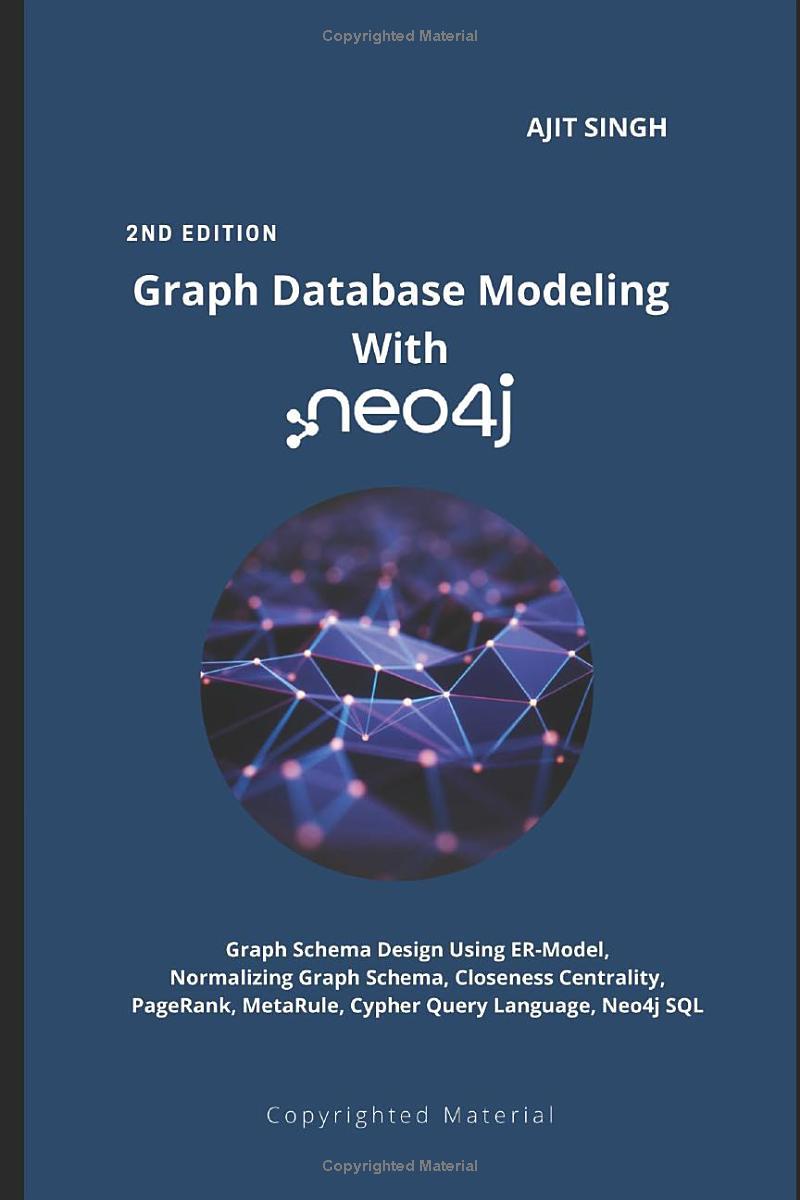Question
Project 1 Details: In this project you will be provided with a description of an application (below) to create an entity-relationship diagram (ERD) and design
Project 1 Details:
In this project you will be provided with a description of an application (below) to create an entity-relationship diagram (ERD) and design accompanying table layout using sound relational modeling concepts and practices. The relationships between the entities and the attributes for the entities will be identified and described. This database will provide the foundation for the follow-on project. The following paragraphs provide the background and summary of the business requirements.
You are a database consultant with Ace Software, Inc. and have been assigned to develop a database for the Mom and Pop Johnson video store in town. Mom and Pop have been keeping their records of videos and DVDs purchased from distributors and rented to customers in stacks of invoices and piles of rental forms for years. They have finally decided to automate their record keeping with a relational database.
You sit down with Mom and Pop to discuss their business, and watch their operation for about a week. You discover quickly that a video and a DVD are both copies of a movie kept in a separate plastic case that is rented out. They have several copies of each movie they rent; therefore there are several videos and DVDs for each movie title. You learn that in their inventory they have several thousand videos and DVDs, which they get wholesale from about a half dozen distributors. The video and DVD prices to them are based on the quantity of their shipment and the past business they have done with each company.
The price of a DVD for a movie might be different than the price of a video for the same movie, even from the same distributor. Each distributor provides different types of movies (e.g., suspense, horror, mystery, comedy, etc.). A single distributor may provide several different types of movies in both video and DVD format. It is possible to obtain the same movie from multiple distributors, and at different wholesale prices.
Each video and DVD has a unique identification number that Mom and Pop assign in their inventory, in addition to the distributor's serial number for the item. Each movie also has a unique identification number Mom and Pop assign in addition to the title, and any movie IDs the distributors use in their electronic catalogs. Distributors provide electronic catalogs to Mom and Pop and the information from these catalogs must be included in the database.
Mom and Pop need to record when a video or DVD is rented, when a video or DVD is returned, and all customer charges such as late and damaged fees, failure to rewind fees, and taxes. They need a report of which videos are returned late because there are standard and late charges. On occasion there are discount prices for certain movies or types of movies. Customers want to rent movies based on actors or actresses, running length, type of movie, rating, year released, the director, and the academy awards won (by the movie, the actors, the actresses and/or the directors). Customers also want to know how many videos they have rented in the last month, year, and so forth. Mom and Pop need to keep only basic information on customers in their database, such as name, address, telephone numbers, etc.
There must be no limit to the number of video and/or DVD copies of a movie that Mom and Pop can have in their inventory. Video/DVD ID numbers, movie ID numbers, and distributor ID numbers for videos, DVDs, and movies are all different. Also, each movie must be able to have an unlimited number of actors, actresses, directors, and academy awards (i.e., Oscars). Other types of awards (e.g., Golden Globe, People's Choice, etc.) are not of interest for this application. The rental of equipment, sale of videos, DVDs, popcorn, etc., is not to be kept in the database.
Using this information, you should:
Step 1) (7 points) Determine and list your entities. Then create relationship sentence pairs between those entities that are related. You should not have any many-to-many relationships.
Step 2) (13 points) Create an entity/relationship diagram (ERD) showing all your entities, attributes, and relationships. Sketch your ERD by hand or use a drawing program. Your diagram must beon a single page. All entities should be relatated to at least one other entity. Your ERD should have all one-to-many relationships and not have any many-to-many relationships.
Step 3) (5 points) Create metadata that describes the table created from each entity and the column created from each attribute in the ERD. Particular attention will be given to the proper specification of all primary key (via "PK") and foreign key (via "FK") columns in the table layouts. These should match your ERD exactly.
Follow the procedures in the course modules and the Database Development Phases document for this project.
Submit everything for the above steps in a single Microsoft Word file to the LEO Project #1 assignment link. Make sure your work is neat and legible and your
Step by Step Solution
There are 3 Steps involved in it
Step: 1

Get Instant Access to Expert-Tailored Solutions
See step-by-step solutions with expert insights and AI powered tools for academic success
Step: 2

Step: 3

Ace Your Homework with AI
Get the answers you need in no time with our AI-driven, step-by-step assistance
Get Started


